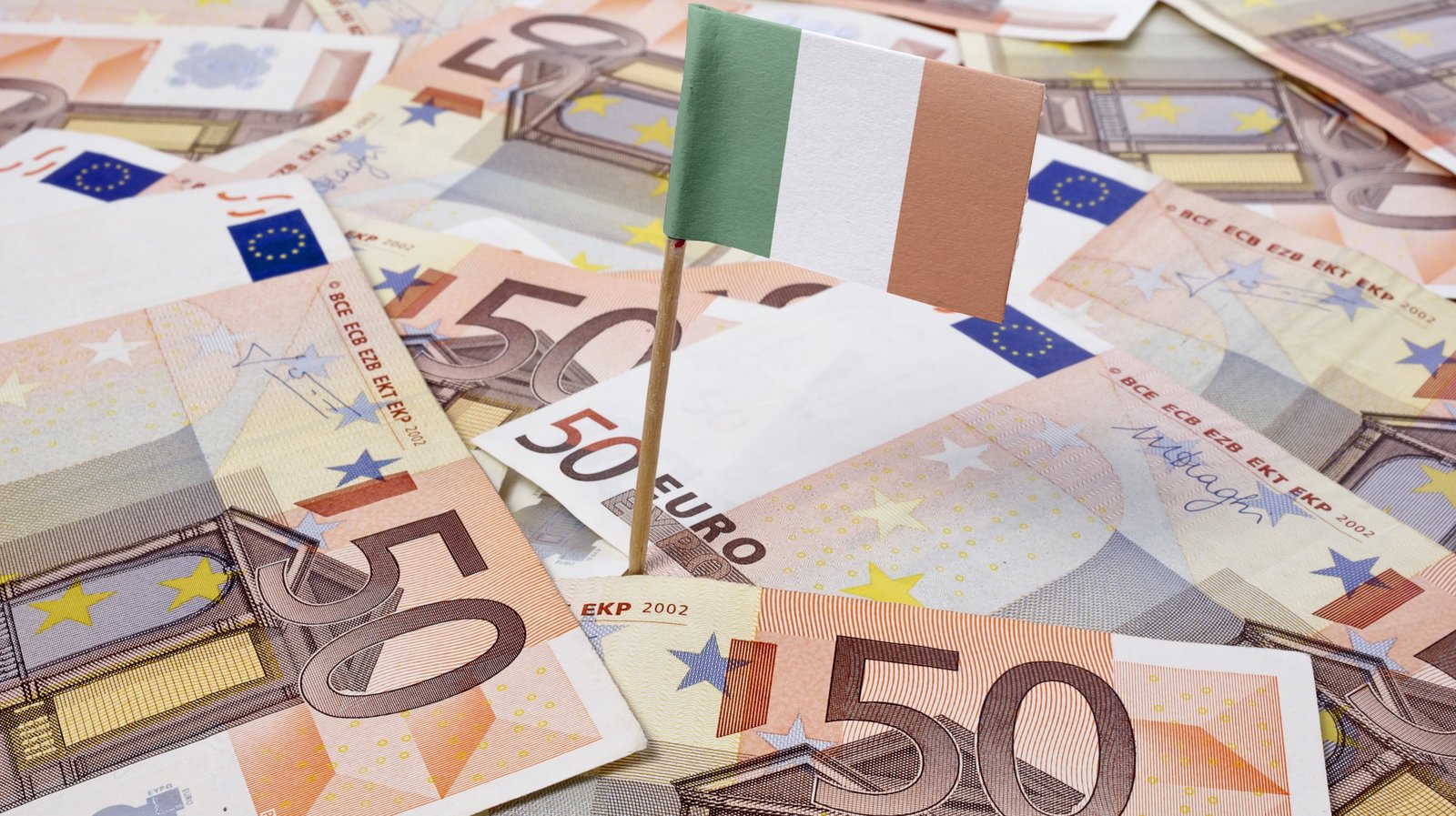Everything happening in the Irish economy points to remarkably healthy growth and it has been like that for some years.
This week saw confirmation that the property market is rising by double digits, which was a characteristic of the last boom.
So, will this period of prosperity end with a crash like the last one did in 2008?
There are reasons to believe that consumers, bankers and regulators have learned the lessons from the past – but there are worrying signs too.
In the lead-up to the financial collapse, banks expanded their balance sheets exponentially as they lent recklessly to property developers.
Consumers who were buying homes got loans including interest only and 100% mortgages, while others borrowed up to ten times their incomes.
A chain reaction followed: when property prices fell, the developers went bust, their unpaid borrowings wiped out the banking system, and many homeowners slid into negative equity while unemployment soared.
Coupled with a recession and collapse in the public finances, it meant Ireland needed an EU-IMF bailout.
Much is changed in real estate sector
This time around, the nexus between the financial system and the real estate sector has radically changed.
Before the financial crisis there were six Irish retail institutions. That has shrunk to three.
The ones which remain have completely reduced their exposure to property while the Central Bank has introduced much tighter loan-to-income ratios for homebuyers.
During the boom mortgage lending grew by 30% per annum. The figure now is 2.5%.
Total mortgage debt is now €85bn compared to €125bn in 2008.
In fact, households have become far more prudent.
While mortgage debt is lower, deposits have grown from €80bn in 2008 to €157bn this year, according to the Central Bank.
It doesn’t necessarily mean all households have savings – some have none – but it does show that the total amount of deposits has increased.
So, what about the economy in general?
Excluding the effect of multinationals, the domestic economy is expanding but the rates of growth are not alarming.
The ESRI calculates the domestic economy will grow by 2.3% this year and 3.1% in 2025.
Perhaps a better measure is growth in employment, which is expected to rise by 2.3% this year and 1.9% in 2025.
Unemployment will remain very low at about 4% and wages are rising at around 5%.
Remarkably, the labour market has been able to absorb more workers while the population climbed rapidly.
Immigration reached a 17-year high this year while unemployment barely budged.
So, if household and bank balance sheets are healthy, employment is growing and inflation is under control, where do the problems lie?
Two points of concern are the property market and public finances.
The amount of taxes paid by multinationals is rising exponentially which allows the Government to increase spending without running a deficit.
‘Underlying deficit of €6.3bn’
The Irish Fiscal Advisory Council has been consistently ringing alarm bells about growth in expenditure.
While the domestic economy is expected to grow by 2.3% this year, Government spending will race ahead by 9.2%, a far cry from its 5% spending limit, by now long since abandoned.
It will still run a surplus helped by the taxes paid by multinationals.
But if you look closer, it’s running an underlying deficit of €6.3bn when windfall corporation taxes are excluded this year, according to the Department of Finance.
The Coalition argues it is putting cash into two long-term funds and setting aside money for badly needed infrastructural investment in water, electricity and housing.
But the other point of concern is housing.
This week the Central Statistics Office revealed property prices are now racing ahead by 10% per annum.
Home ownership is out of reach for an increasing proportion of the population.
The Central Bank says median gross household income is €60,000 which allows for a maximum mortgage of €240,000.
A new three-bed semi-detached house ranges from €354,000 in the northwest to €461,000 in greater-Dublin, meaning first-time buyers are completely priced out of the private market unless they have a nest egg to set against the mortgage.
Ireland will build far fewer houses than are needed this year.
With a shortfall of supply and massive demand, property prices look set to accelerate.
Some observers are getting increasingly uncomfortable with the spiraling prices.
The European Central Bank cut interest rates for the third time this week and is likely to keep reducing rates over the next 12 months.
That is likely to add fuel to the fire in the property market as it makes it easier for borrowers to repay.
The housing sector is built on a strong economy and rising population. If either was to falter, it could spell trouble for the property market.
But it seems unlikely that a significant drop in prices would wreak the same widespread havoc in the economy as it did during the crash.
The banking system would not be as exposed as in 2008 and there are fewer workers involved in the construction industry.
However, those who buy at the top of the market would be vulnerable to a drop in prices.
The other broader economic exposure which could occur is the possibility of Ireland losing favour with multinationals.
Right now, there is no sign of that.
But it is a risk.

